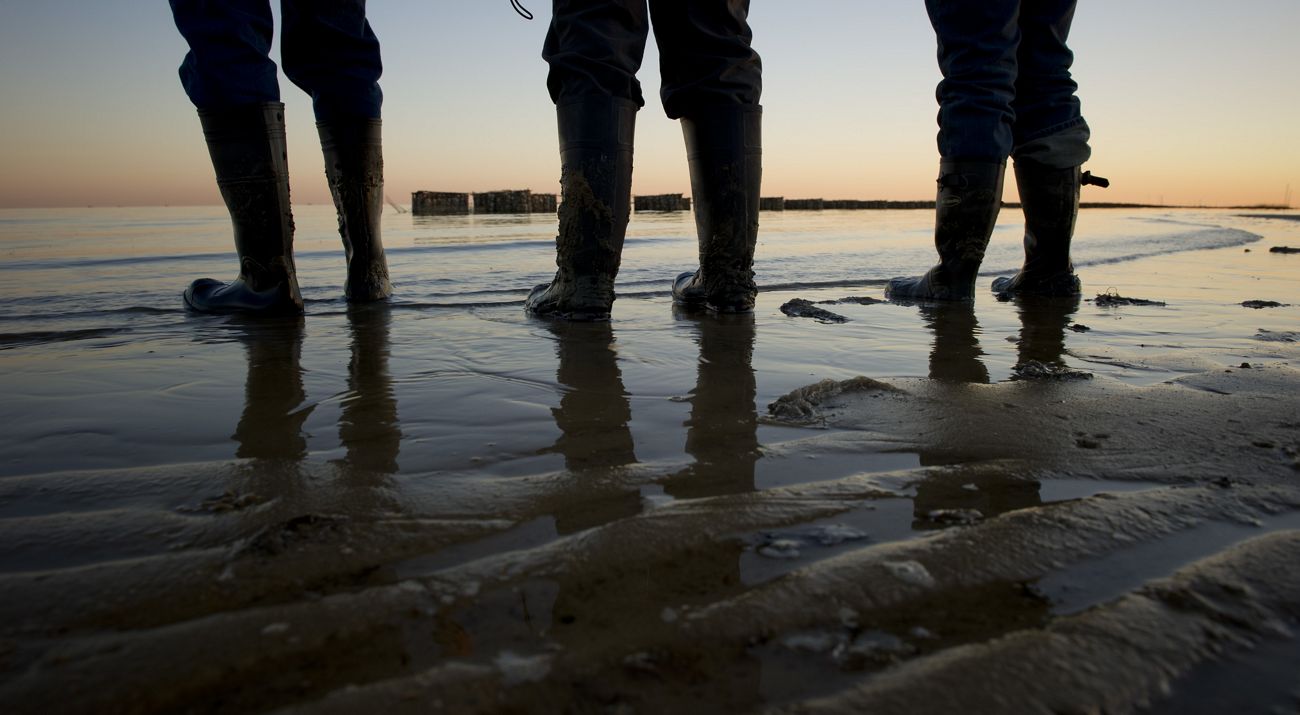Return on Investment in Forever Wild
Land conserved in Alabama provides measurable economic value by supplying natural goods and services.
Since its inception in 1992, Alabama’s Forever Wild Land Trust Program (Forever Wild) has been the only state fund in Alabama dedicated to land conservation. The Trust for Public Land conducted an economic analysis to determine the return on investment for the lands acquired through this program.
Land conserved in Alabama provides measurable economic value by supplying natural goods and services. In fact, every public $1 invested in land conservation through Forever Wild returned $5 in natural goods and services to the state. This includes benefits such as wildlife habitat, flood control, and water
quality protection that might otherwise require expensive public investments.
Beyond these natural goods and services, land conservation funded by Alabama leverages additional funding from federal, private, and nonprofit sources and supports key industries that depend on the availability of high-quality protected lands. The tourism, hunting, fishing, and recreation industries are just a few of the sectors that benefit from such investments. A summary of the key findings of the analysis is presented below. For the full report, visit www.tpl.org/al-roi-report.

Generating jobs and growing local economies
Alabama’s conservation lands provide spectacular scenery and opportunities for outdoor recreation that attract visitors to the state. Tourists spend $12.6 billion in Alabama every year. A recent survey found that 18.9 percent of respondents were going to participate in outdoor recreation while in the area. Meanwhile, tourists and residents generate $7.5 billion in consumer spending related to outdoor recreation annually. This spending generates $494 million in tax revenues, supports 86,000 jobs, and provides $2 billion in wages.
Enhancing hunting, recreational fishing, and wildlife watching opportunities
Alabama’s lands and waters support hunting, fishing, and wildlife watching. These activities are extremely popular with Alabamians and also boost the state’s economy. 1.7 million residents and nonresidents hunt, fish, or participate in wildlife watching, which generates over $2.1 billion in spending on trips and equipment each year.

Bolstering forestry and commercial fishing
Land conservation supports forestry and commercial fishing by helping to maintain the working landscapes on which these industries depend. Forestry, agriculture, and related industries in Alabama support 580,000 jobs. These industries represent 22 percent of Alabama’s workforce. In addition, the state's commercial fishing industry landed 26.6 million pounds of seafood in 2015 at a value of over $50.9 million.
Improving quality of life and enhancing economic development
Land conservation contributes to Alabama’s economy by maintaining the scenic beauty of the state, improving quality of life for residents, and enabling the state to attract and retain new businesses and high-quality workers. Access to conservation lands is important to Alabamians, as at least 57 percent of Alabama residents participate in outdoor recreation each year.
Improving human health
Access to parks and conserved lands increases physical activity of residents and reduces health care costs related to obesity. In 2014, 27.6 percent of Alabama’s adults were physically inactive, and 62.7 percent of adult women and 71.3 percent of adult men were overweight or obese. Availability of parks and proximity to such spaces increases the physical activity of adults and children. As the percentage of park area within a child's neighborhood increases, for example, so does the child's level of physical activity.
